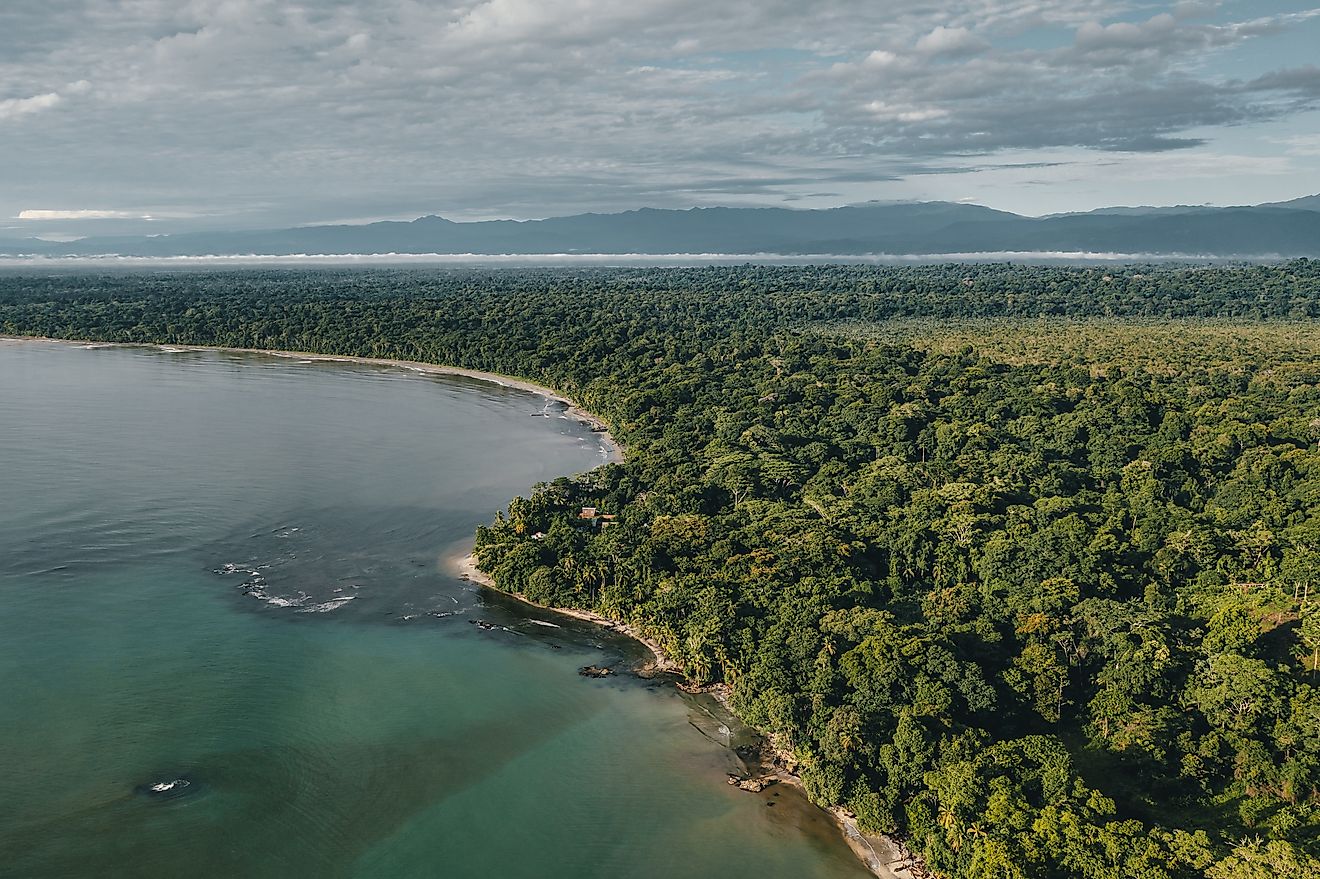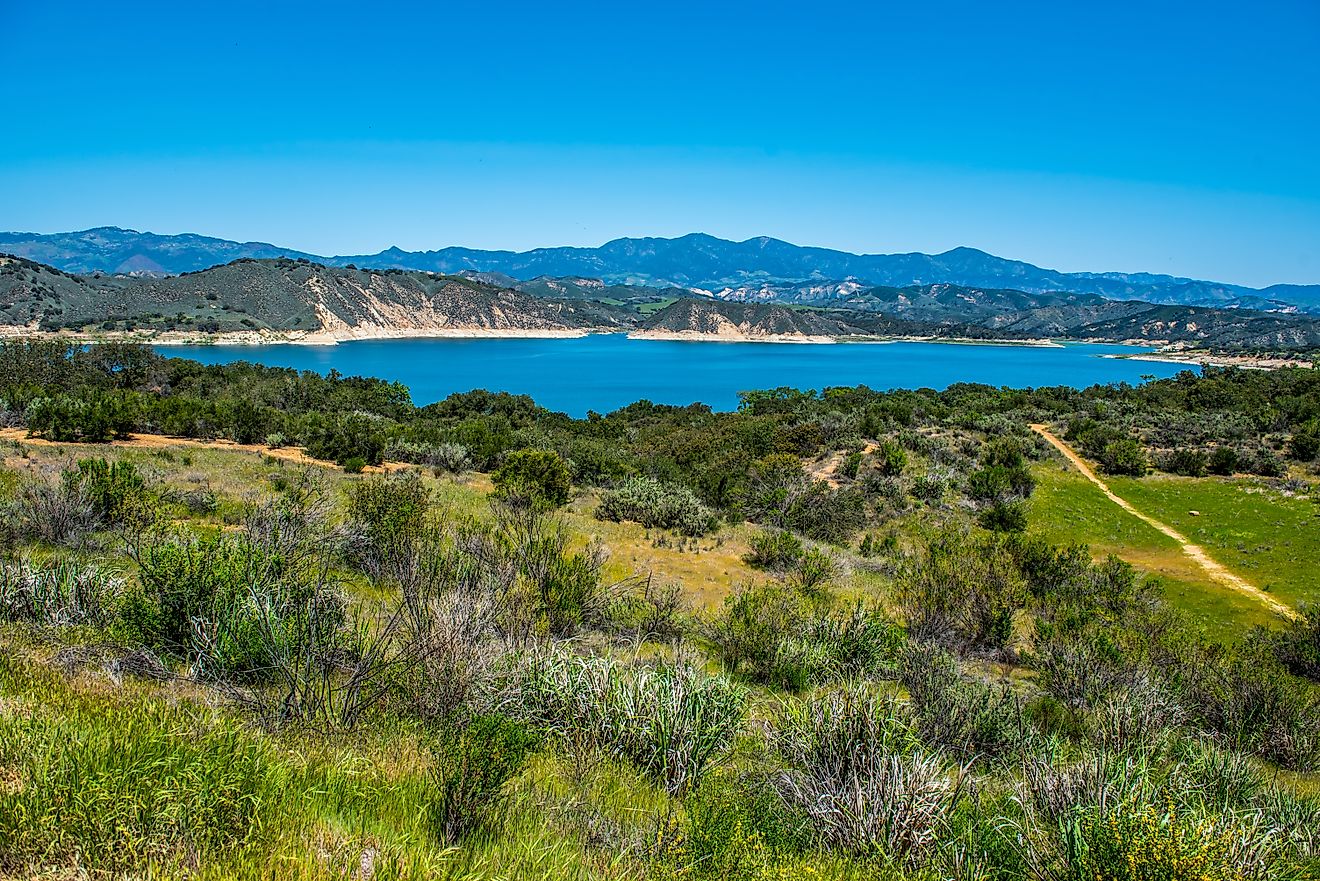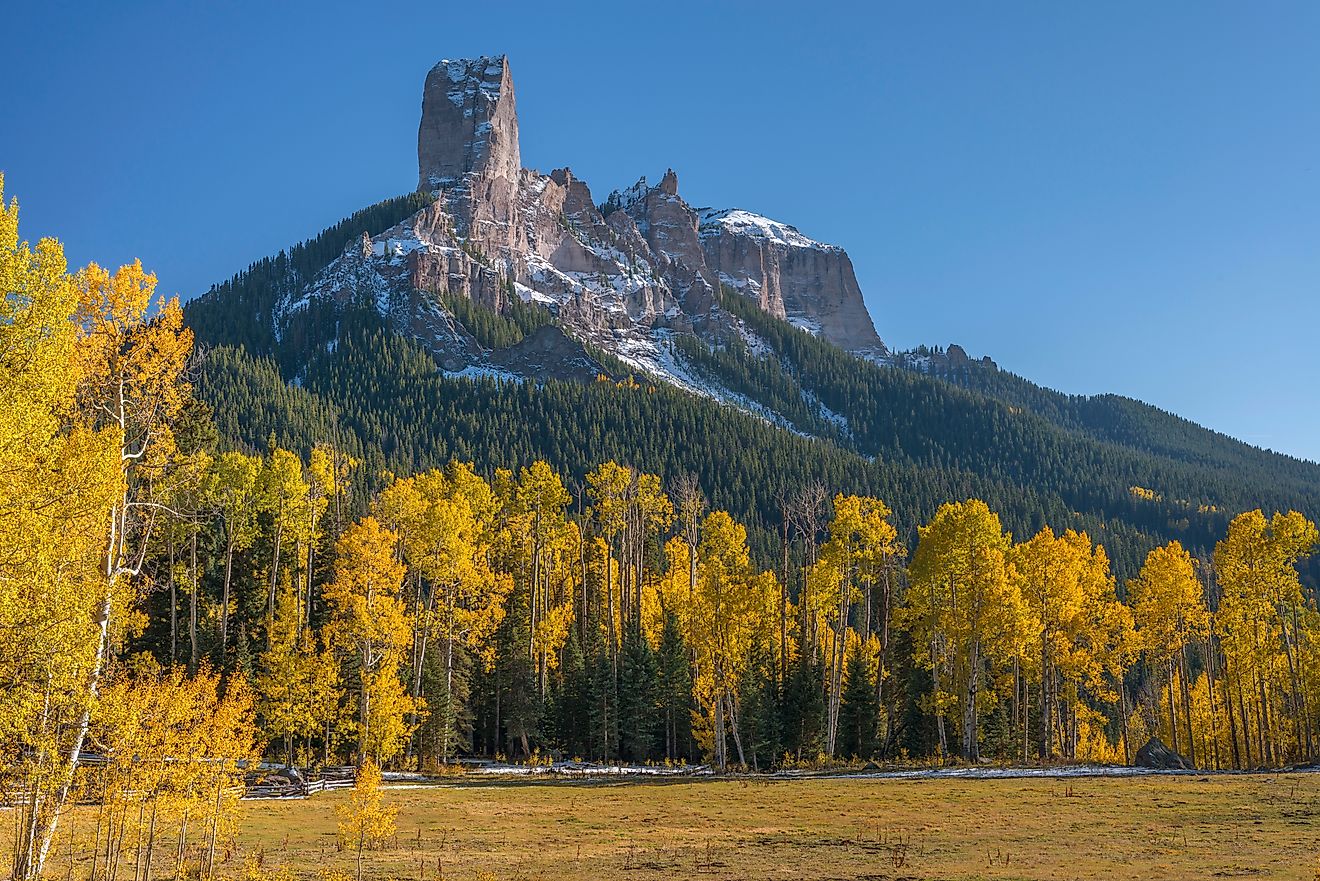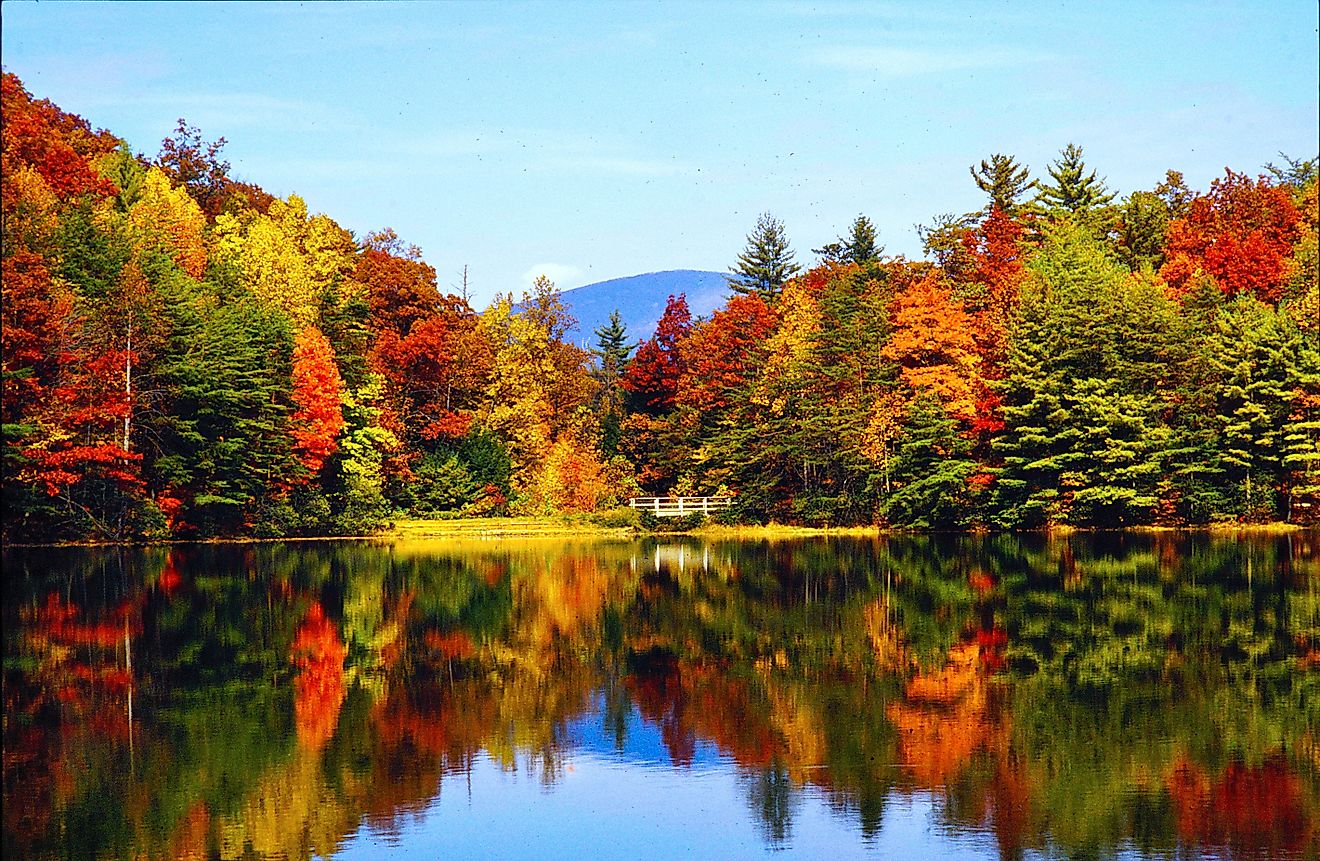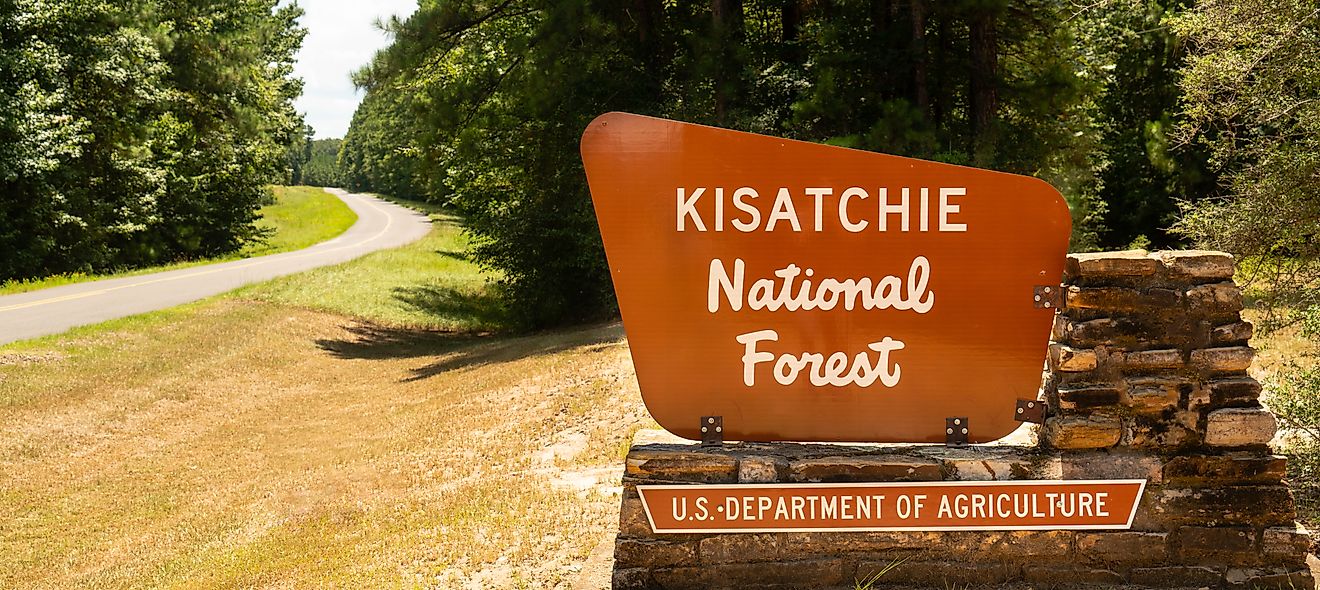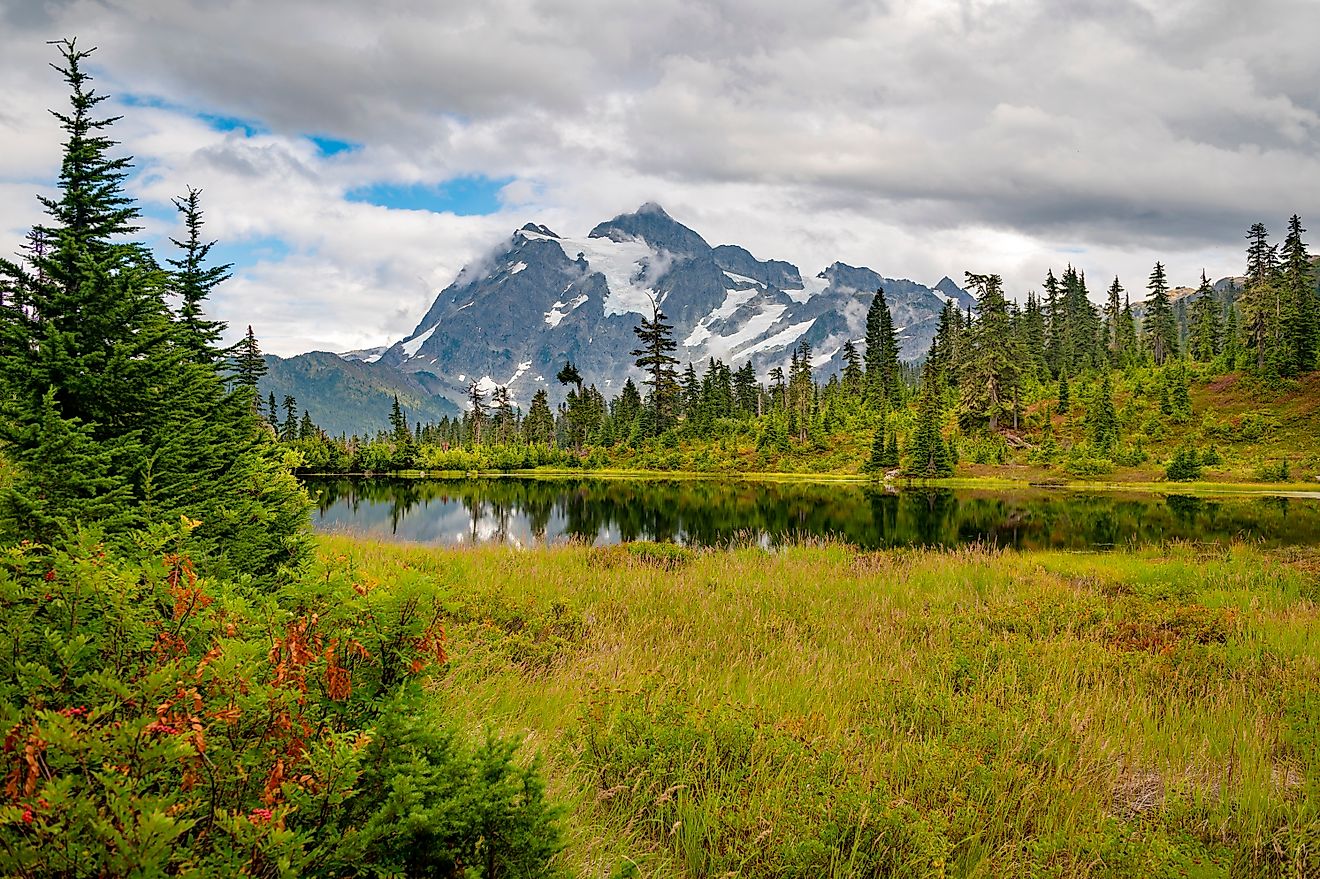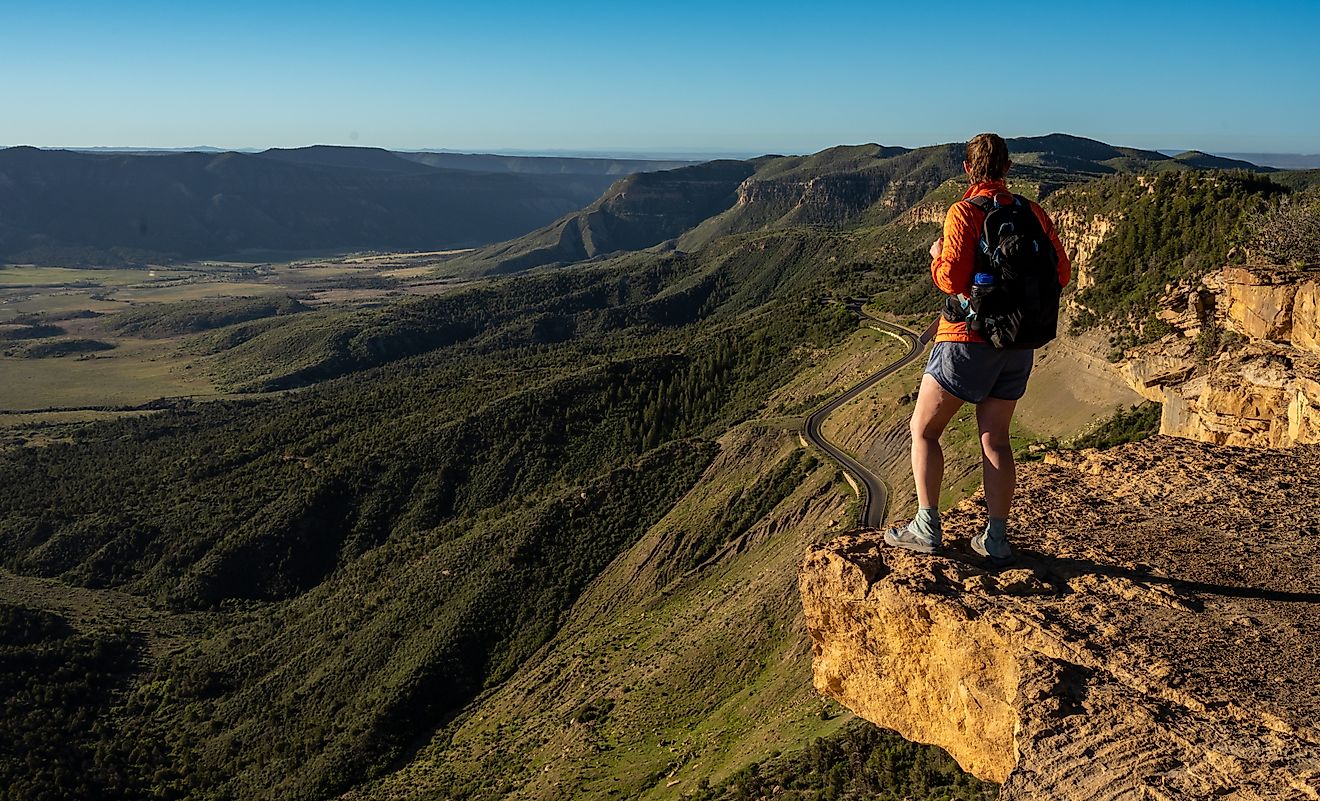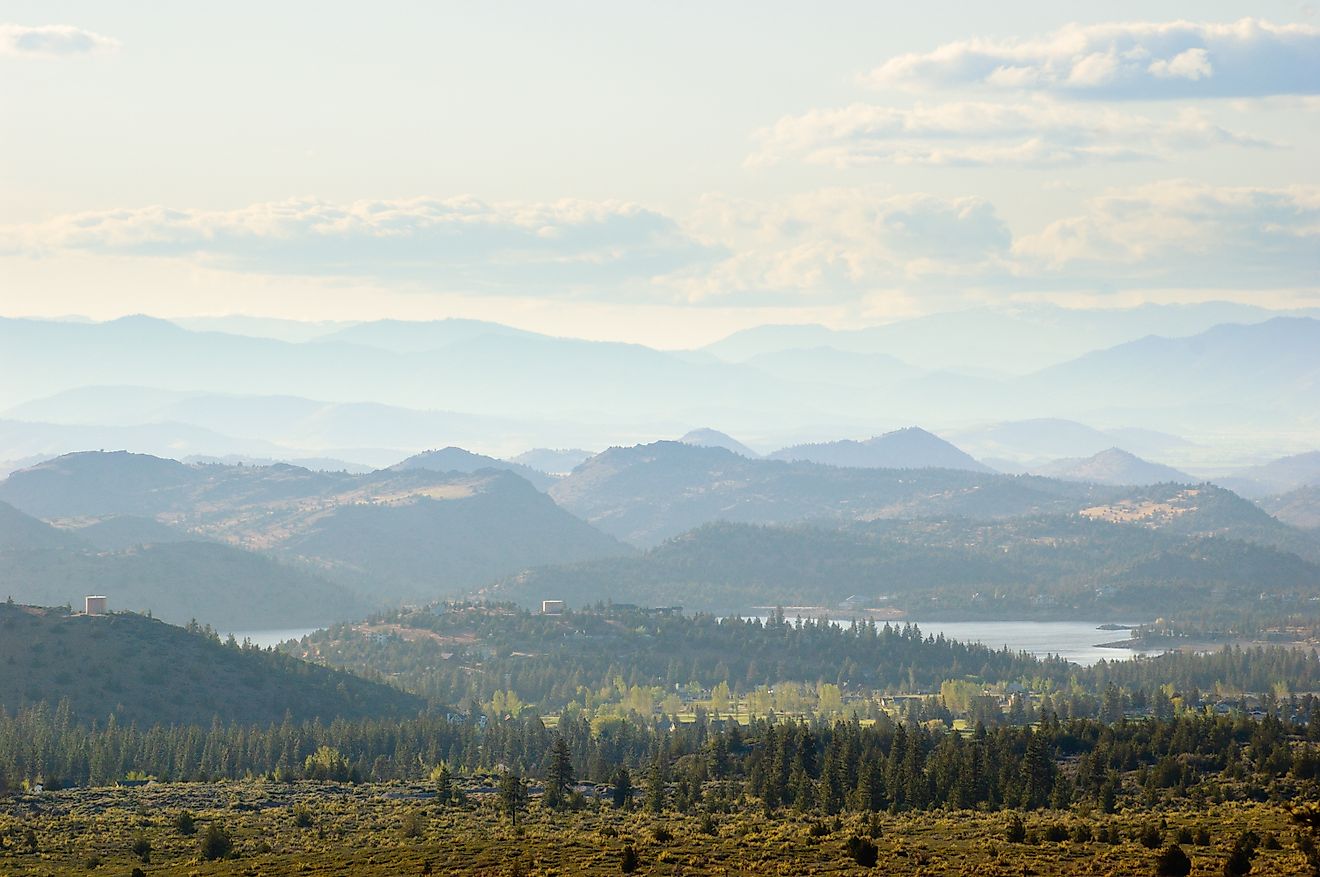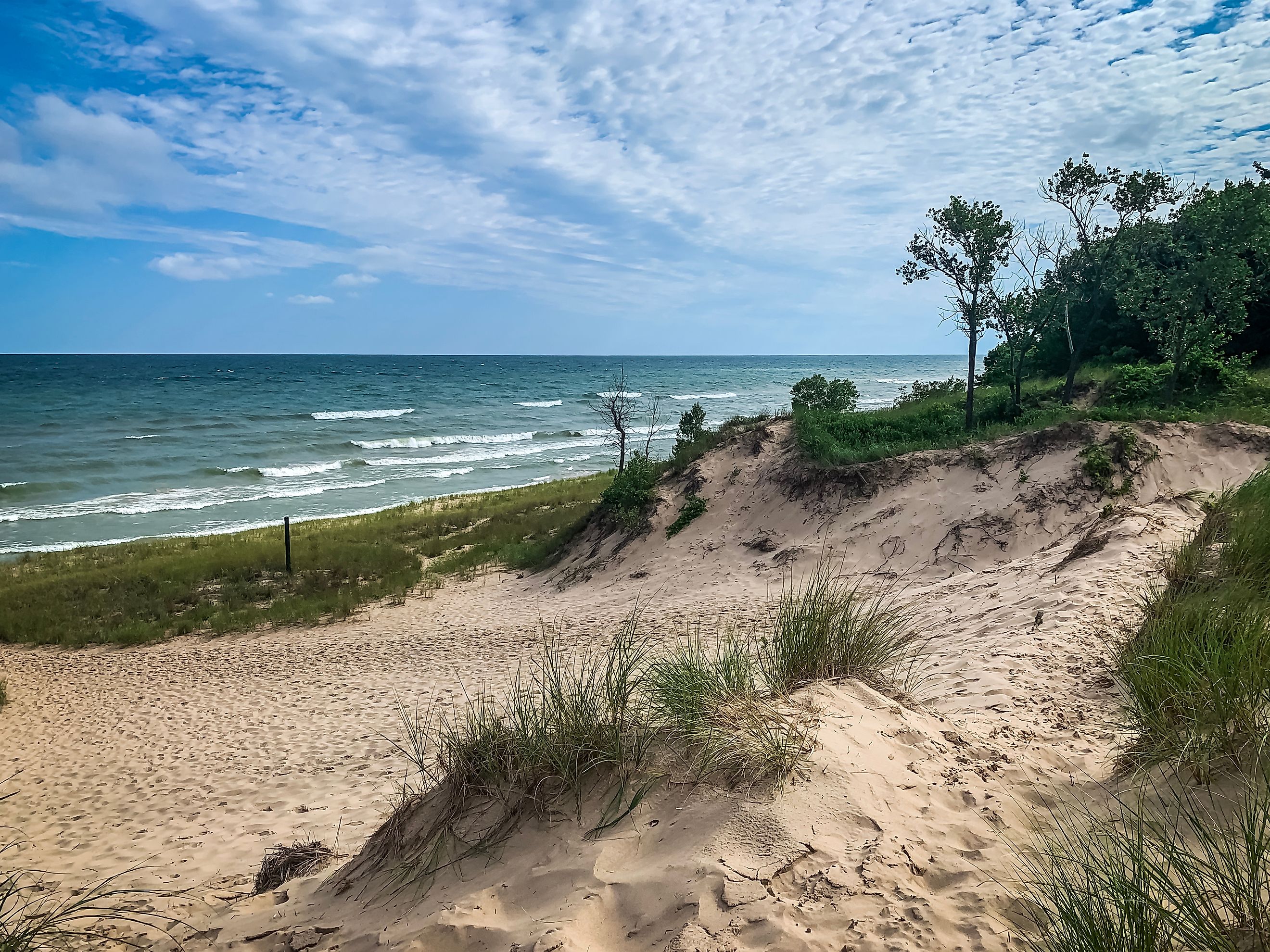
Indiana Dunes National Park
On the southern edge of Lake Michigan, where rolling sand dunes rise beside steel mills and power plants, Indiana Dunes National Park offers a landscape of striking contrasts. Here, nearly 25 miles of shoreline stretch between the industrial cities of Gary and Michigan City, Indiana. Within this narrow corridor lies one of America’s most ecologically diverse and historically contested parks—a mosaic of dunes, wetlands, prairies, forests, and bogs that took over half a century of activism to preserve.
Designated a national park in 2019, Indiana Dunes is both a triumph of conservation and a reminder of the ongoing tension between industry and the environment. Its story spans more than a century, beginning with the earliest scientific studies of its unique ecology and culminating in one of the longest legislative battles in US environmental history.
A Patchwork of Environments
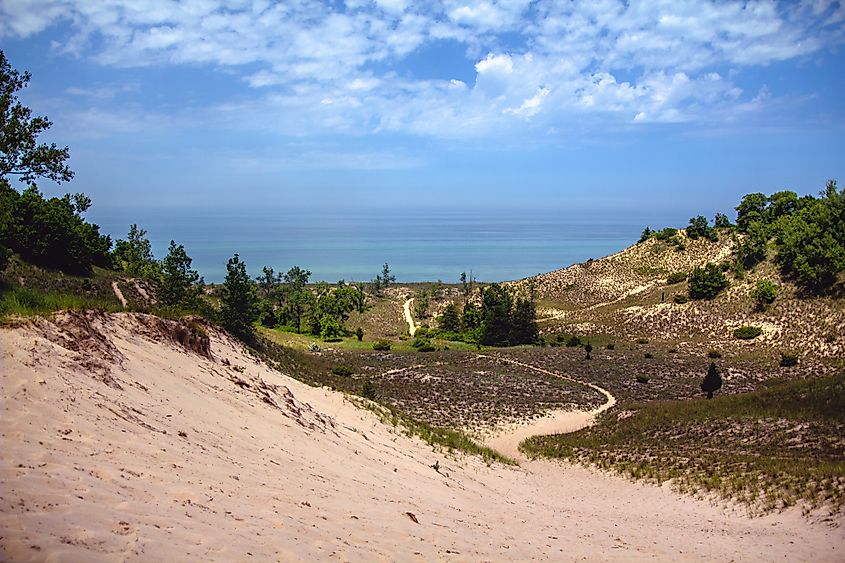
Indiana Dunes National Park is not your typical national park. Unlike Yellowstone or Yosemite, it doesn’t sprawl across a vast, uninterrupted landscape. Instead, it’s a patchwork—fragmented by roads, communities, and industrial facilities—yet stitched together by ecological significance and historical resolve.
The park encompasses approximately 24 square miles, including Indiana Dunes State Park, which predates the national park by nearly a century. Established in 1923 and opened in 1926, the state park covers 3.4 square miles and offers three miles of sandy beach, scenic hiking trails, and dramatic dune formations like Mount Tom, which rises nearly 200 feet.
Among the most striking natural features is the Big Blowout, where persistent lake winds have carved a “tree graveyard” into the dunes—exposing long-buried forest remnants as ghostly trunks and roots. Mount Baldy, another highlight, is a 125-foot-tall dune that is literally on the move, shifting inland at a rate of four feet per year.
Beyond the dunes, visitors find wooded ravines, marshes, fens, interdunal ponds, and bogs—habitats that owe their origins to the retreat of Ice Age glaciers. This range of ecosystems supports an astonishing variety of plant life, from Arctic bearberry and tropical orchids to desert cacti and wetland loosestrife.
A Cradle of Ecological Science
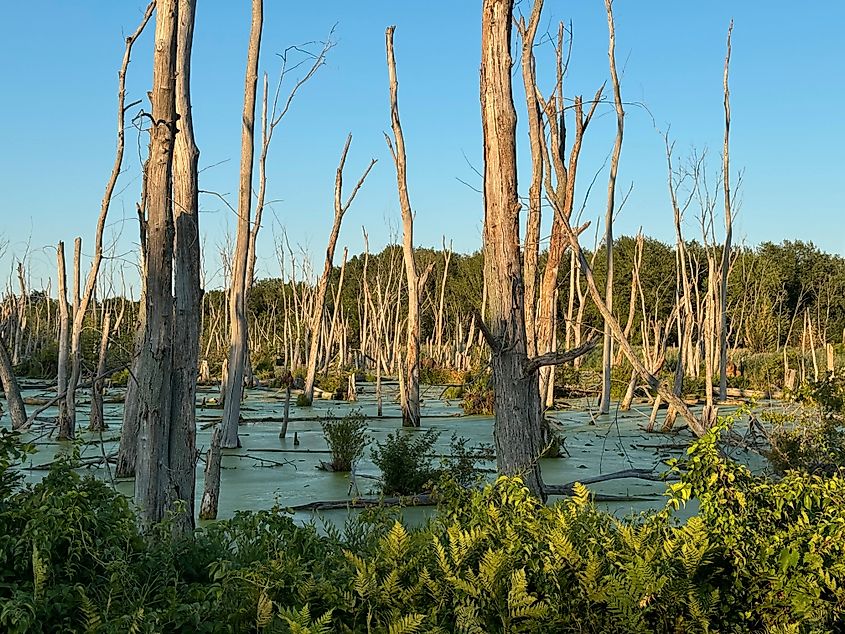
The scientific significance of Indiana Dunes cannot be overstated. In 1899, University of Chicago botanist Henry Chandler Cowles published a groundbreaking article on the plant life of the dunes, establishing the modern concept of ecological succession. His work helped launch the field of plant ecology in North America and brought international attention to this small but biologically rich region.
Cowles’ research inspired generations of scientists and conservationists and served as a foundational argument for the preservation of the dunes. He became a central figure in the early movement to protect the area, joining forces with landscape architect Jens Jensen and civic reformer Thomas W. Allinson to form the Prairie Club of Chicago in 1908. Their motto: “A National Park for the Middle West, and all the Middle West for a National Park.”
The Fight to “Save the Dunes”
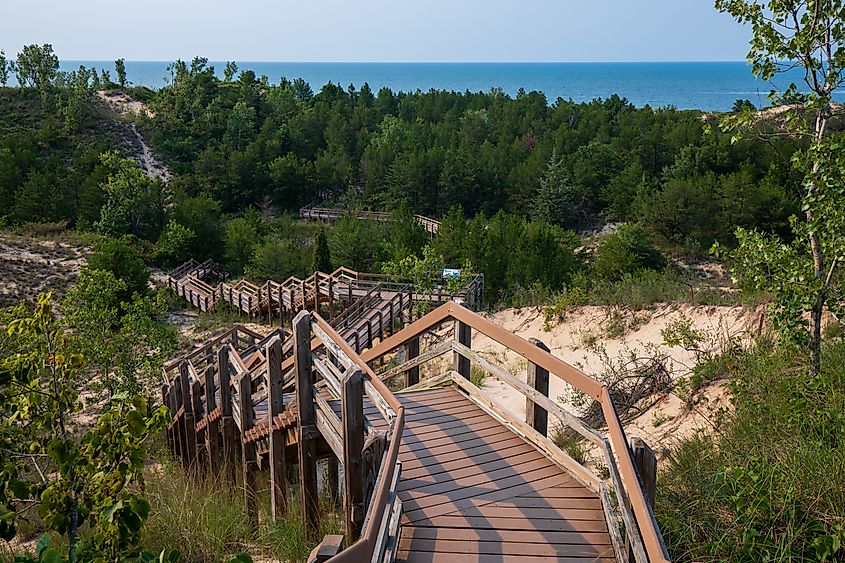
The story of Indiana Dunes National Park is not just one of natural beauty—it’s also one of political grit. The fight to preserve this landscape began in earnest in the early 20th century, as local industries rapidly expanded. At the time, sand dunes like the 200-foot Hoosier Slide were being carted away by the boxcar to be turned into glass by companies like Ball Brothers and Pittsburgh Plate Glass.
Public pressure began to mount. On October 30, 1916, just two months after the National Park Service was created, its first director Stephen Mather held a hearing in Chicago to consider a "Sand Dunes National Park." Four hundred people attended, and not one spoke in opposition. But the momentum was derailed when the US entered World War I. “Save the Dunes” became “First Save the Country, Then Save the Dunes.”
The cause was revived in the 1950s by Dorothy Buell, an Ogden Dunes schoolteacher and indefatigable conservationist. In 1952, she founded the Save the Dunes Council and began a nationwide campaign to protect the central dunes from being swallowed by development.
Her most influential ally came from across state lines: Illinois Senator Paul H. Douglas. In 1958, he introduced legislation to create an Indiana Dunes unit within the National Park Service. But the fight was far from over.
Industry vs Conservation
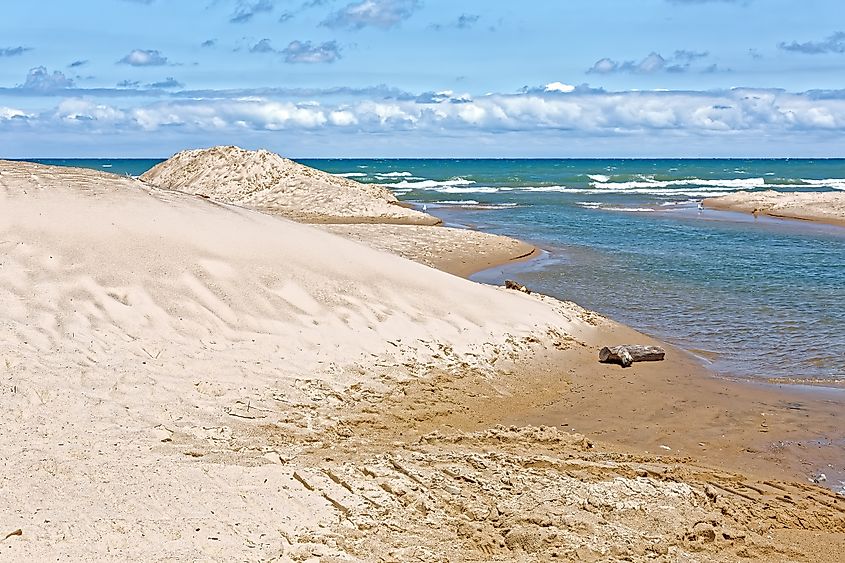
The late 1950s and early ’60s marked the most contentious phase of the battle. Indiana politicians and business leaders were aggressively lobbying for a new deepwater port on Lake Michigan—the so-called “Port of Indiana.” Bethlehem Steel, the lead industrial developer, began removing sand from the dunes to use for construction elsewhere, including at Northwestern University in Illinois.
In a moment seared into the memory of conservationists, bulldozers arrived in the Central Dunes in 1962. Dorothy Buell stood beside Senator Douglas, both in tears, watching the landscape they had fought to save be destroyed in real-time.
Despite their efforts, most of the heart of the Central Dunes was lost. But their work laid the groundwork for a political compromise. In 1966, President Lyndon B. Johnson signed Public Law 89-761, officially creating Indiana Dunes National Lakeshore. It was a bittersweet victory—the law preserved only 8,330 acres at first—but it was a beginning.
A National Park at Last
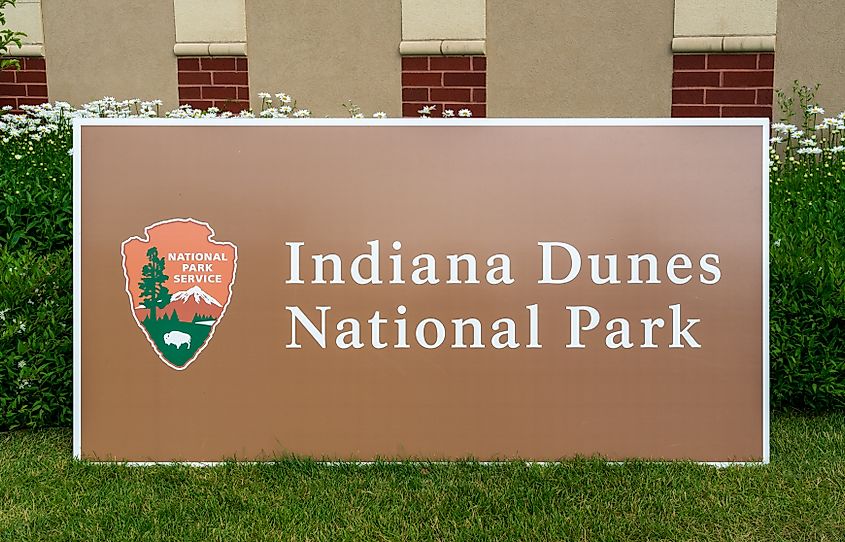
Over the next five decades, thanks to tireless advocacy from groups like Save the Dunes and support from the National Park Service, the protected area gradually expanded. Land was added through public purchases and private donations, including ecologically vital tracts like the Cowles Tamarack Bog, the Heron Rookery, Pinhook Bog, and Hoosier Prairie.
In 2019, the designation was elevated from a national lakeshore to a full-fledged national park—a symbolic and practical win that brought new funding, broader recognition, and an increase in visitation.
Today, Indiana Dunes National Park draws over 3 million visitors each year, making it one of the most popular national parks in the US. Despite its modest size and urban proximity, it offers a wilderness experience with unique educational, recreational, and ecological value.
Things to See and Do
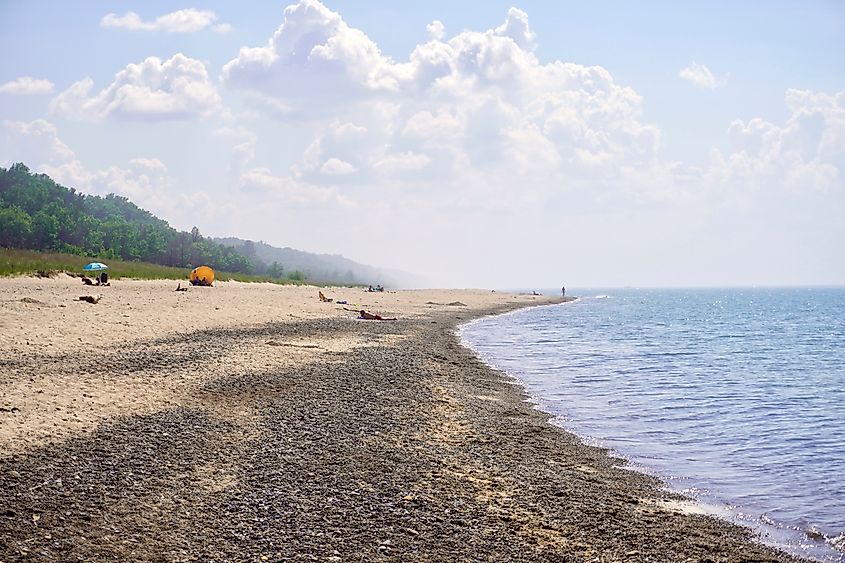
Visitors to Indiana Dunes National Park will find a wide variety of activities year-round:
-
Hiking: Over 50 miles of trails meander through dunes, forests, prairies, and wetlands. Popular routes include the Dune Succession Trail and the rugged Cowles Bog Trail.
-
Birding: Located on the Mississippi Flyway, the park is a haven for birdwatchers, especially during spring and fall migrations.
-
Beaches: Long, sandy stretches provide prime summer relaxation. West Beach is a favorite for its duneside boardwalk and swimming facilities.
-
Historical Sites: The Bailly Homestead (1822) and Chellberg Farm (1872) offer insights into early European settlement in the region.
-
Camping: The Dunewood Campground offers rustic overnight stays, while nearby Indiana Dunes State Park includes additional camping options.
Ecological and Cultural Significance
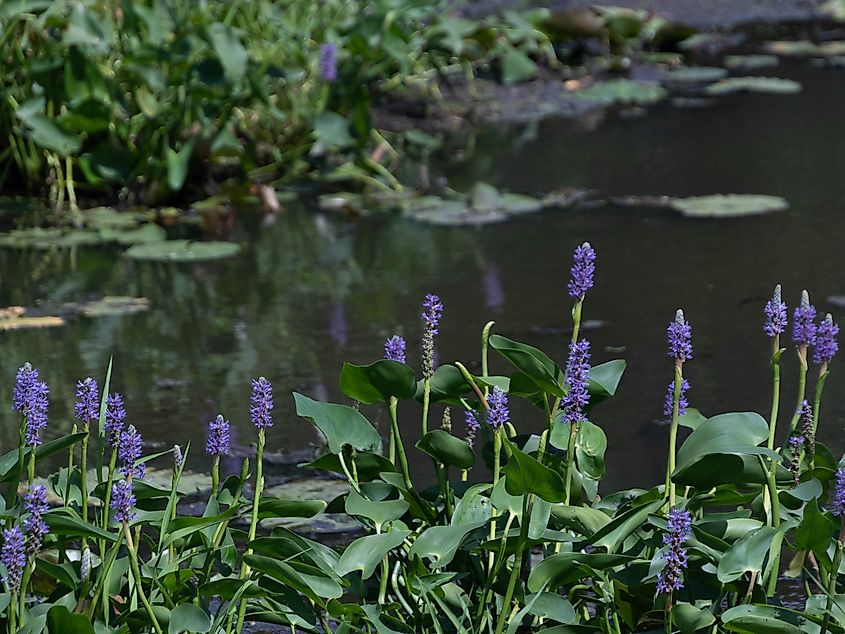
Beyond its recreational appeal, Indiana Dunes holds deep ecological importance. It is home to more than 1,100 native plant species—more than Hawaii’s Haleakalā National Park—and is considered one of the most biodiverse areas in the National Park System.
The park also serves as a living classroom for geology, climate science, and botany. The processes of dune formation and ecological succession continue to unfold here, just as they did when Henry Cowles first studied them over a century ago.
FAQs About Indiana Dunes National Park
When is the best time to visit Indiana Dunes National Park?
Late spring through early fall offers the best weather for hiking and beach activities. Bird migration peaks in April–May and again in September–October.
Is Indiana Dunes State Park part of the national park?
Yes, it’s surrounded on three sides by the national park and is managed by the Indiana Department of Natural Resources.
Can you swim in Lake Michigan at the park?
Absolutely. There are multiple beach access points within the park, though swimming conditions depend on weather and lake currents.
Are dogs allowed in the park?
Yes, but they must be on a leash and are not allowed on swimming beaches during the summer.
How do I get to Indiana Dunes National Park?
The park is about 50 miles southeast of Chicago. The nearest train stop is the South Shore Line’s Dune Park Station, which offers convenient access.
